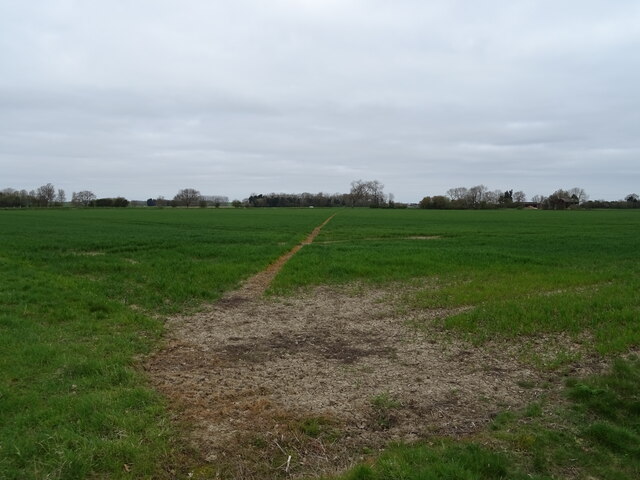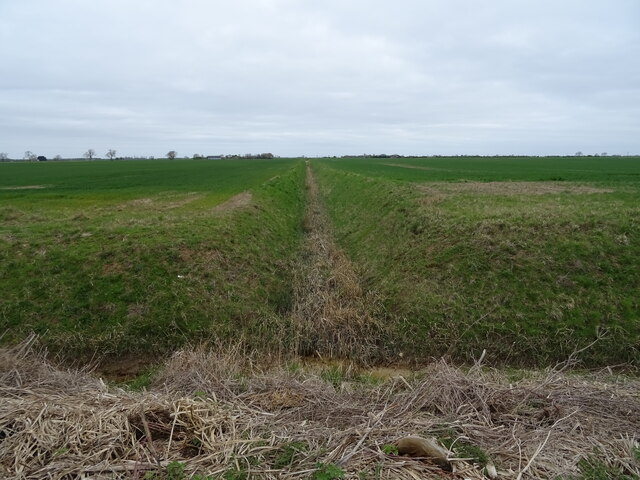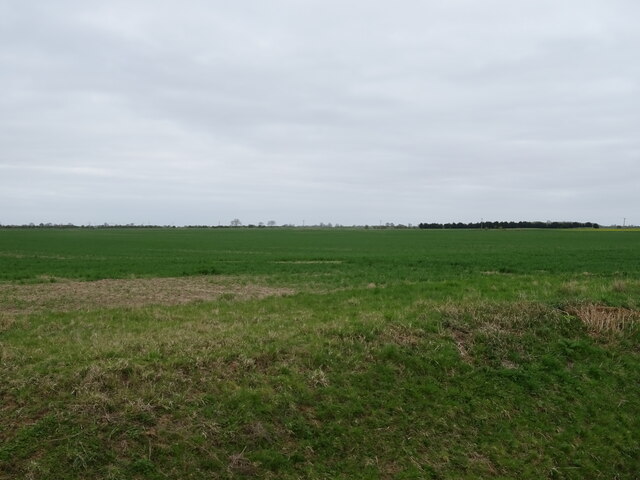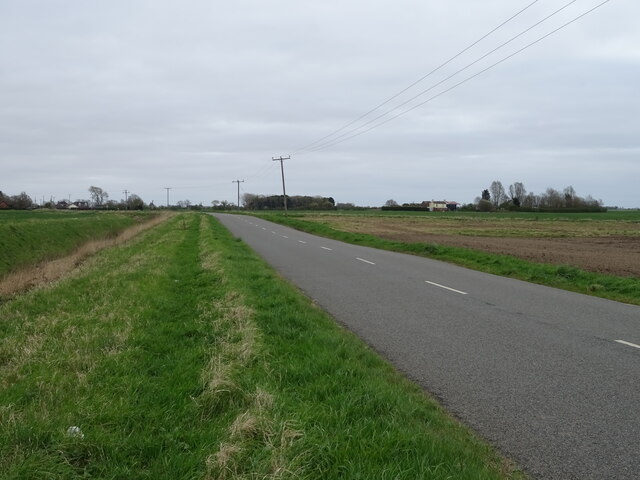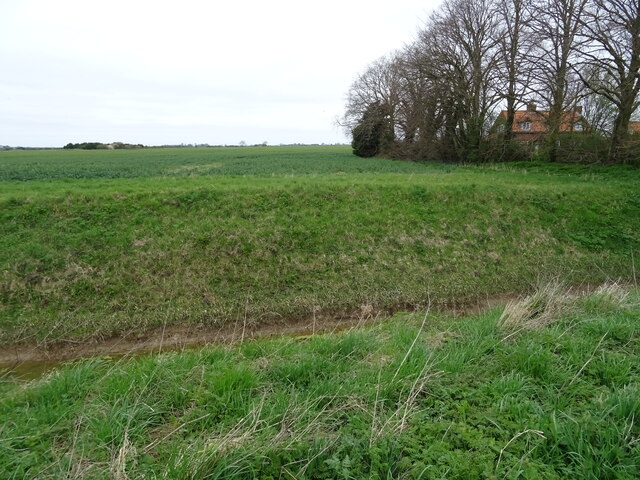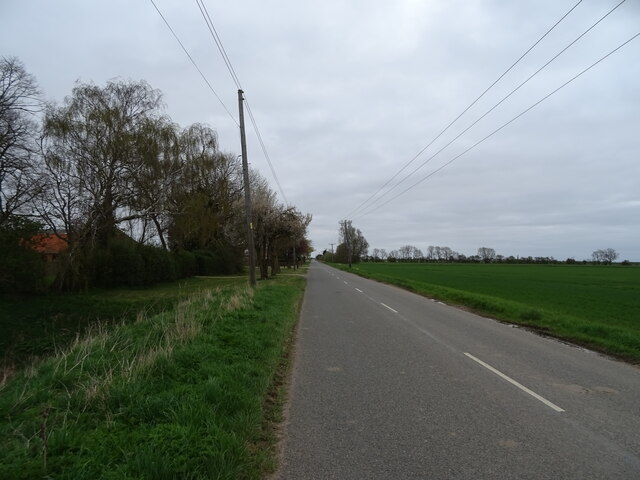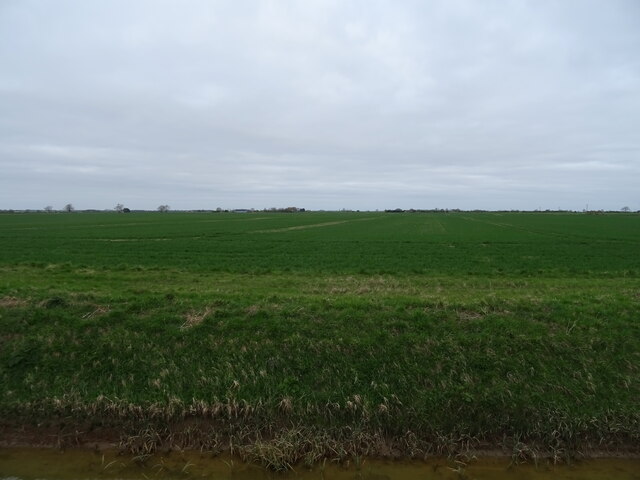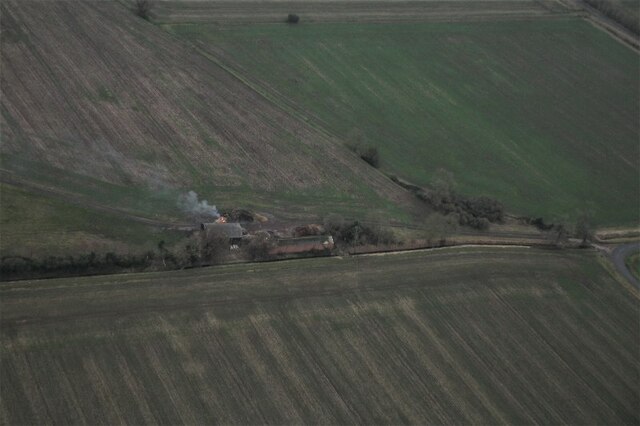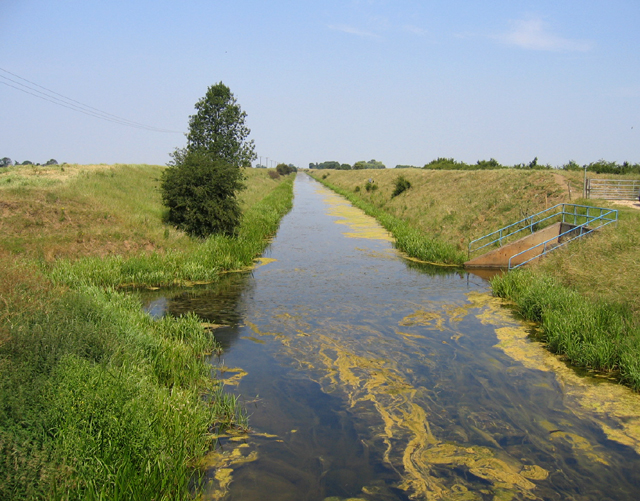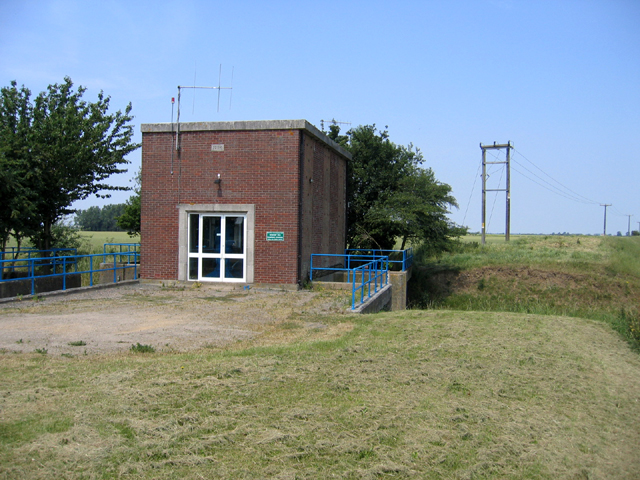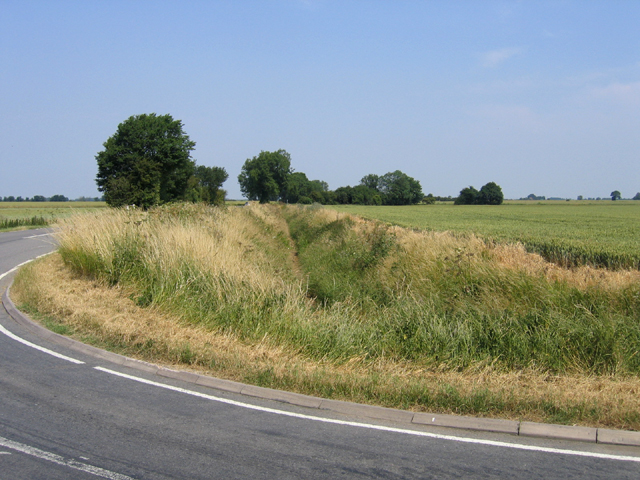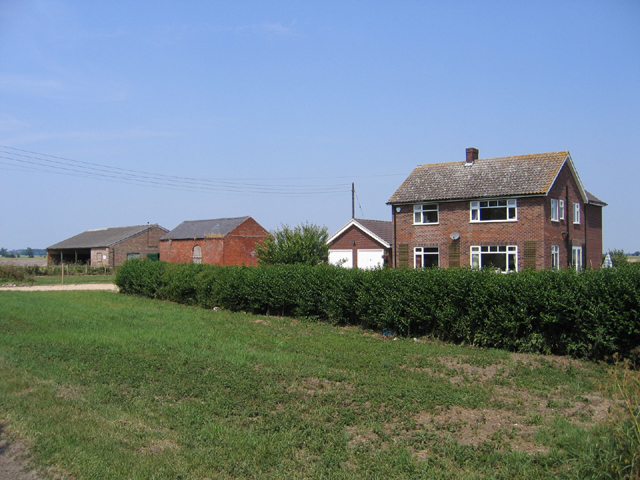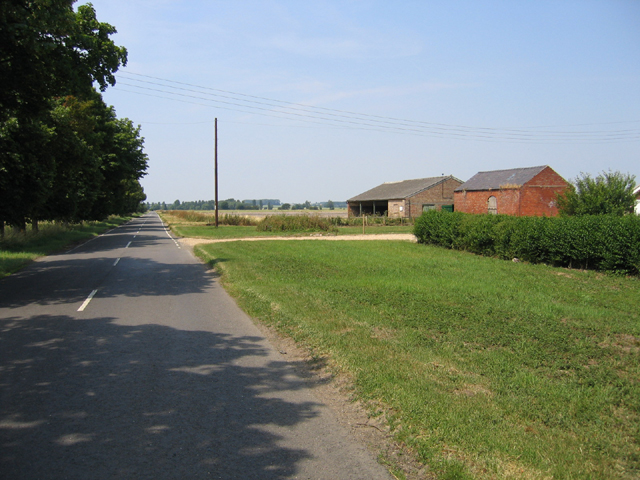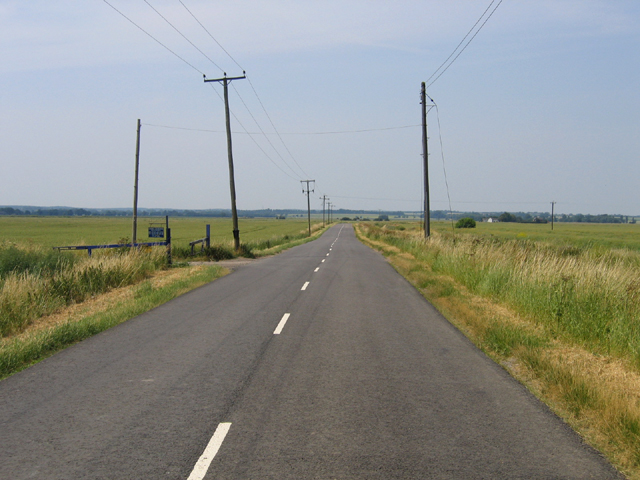Aslackby Fen
Downs, Moorland in Lincolnshire South Kesteven
England
Aslackby Fen
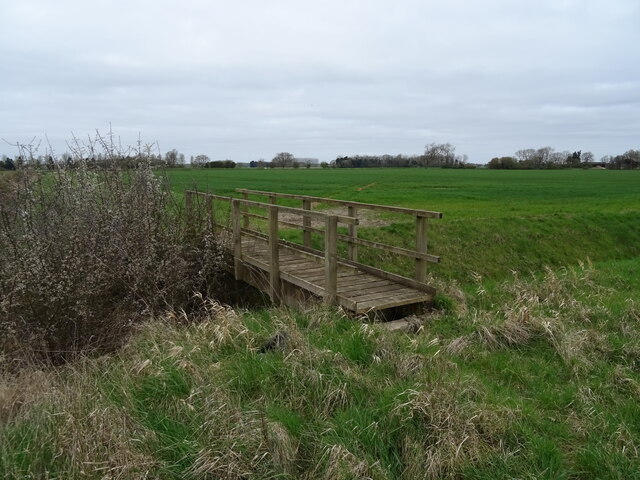
Aslackby Fen is a small but significant area located in Lincolnshire, England. It is situated within the district of South Kesteven, specifically in the parish of Aslackby and Laughton. The fen is characterized by its diverse landscape, comprising downs and moorland.
The downs in Aslackby Fen are rolling hills covered in grass and low-lying vegetation. They provide picturesque views and are popular among locals and tourists alike for walking and hiking activities. The downs also serve as a habitat for various plant species, including wildflowers and grasses.
On the other hand, the moorland in Aslackby Fen is a marshy and often boggy area. It is characterized by its wetland vegetation, such as sphagnum moss and heather. The moorland is home to a variety of bird species, including lapwings, curlews, and skylarks. It also supports a diverse range of insects, amphibians, and reptiles.
Aslackby Fen is an important conservation area, recognized for its ecological value. It serves as a habitat for several rare and protected species, including the water vole and great crested newt. The fen is also home to various dragonfly and damselfly species, making it a popular destination for insect enthusiasts.
Visitors to Aslackby Fen can enjoy the tranquility and natural beauty of the surroundings, immersing themselves in the unique combination of downs and moorland. The area is well-maintained and offers opportunities for wildlife observation, photography, and nature walks.
If you have any feedback on the listing, please let us know in the comments section below.
Aslackby Fen Images
Images are sourced within 2km of 52.857871/-0.29842486 or Grid Reference TF1430. Thanks to Geograph Open Source API. All images are credited.
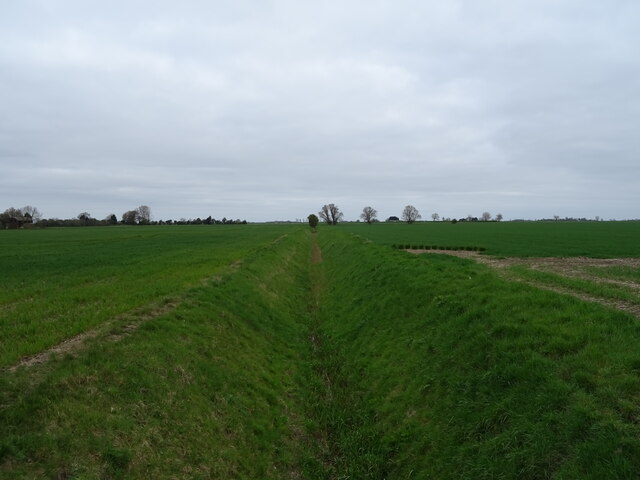
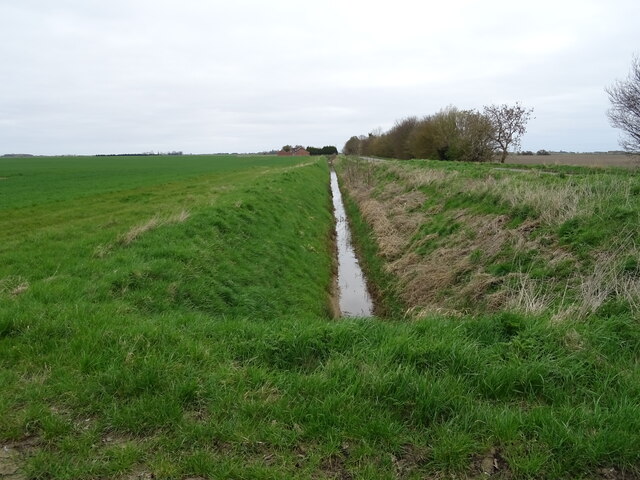
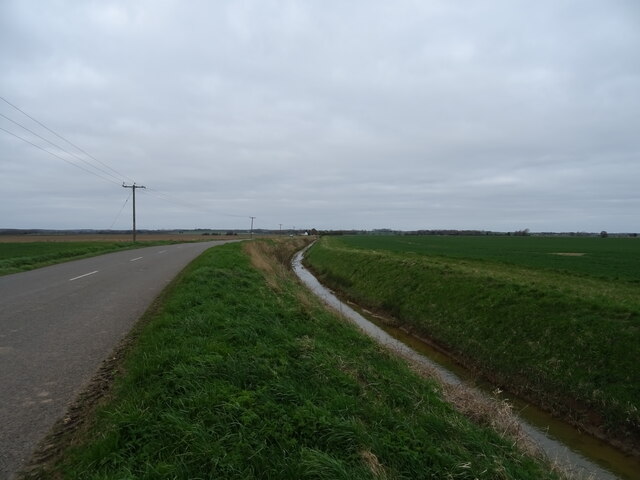
Aslackby Fen is located at Grid Ref: TF1430 (Lat: 52.857871, Lng: -0.29842486)
Administrative County: Lincolnshire
District: South Kesteven
Police Authority: Lincolnshire
What 3 Words
///blackmail.correctly.assess. Near Billingborough, Lincolnshire
Nearby Locations
Related Wikis
South Forty-Foot Drain
The South Forty-Foot Drain, also known as the Black Sluice Navigation, is the main channel for the land-drainage of the Black Sluice Level in the Lincolnshire...
Pointon
Pointon is a small village situated 7 miles (11.3 km) north of Bourne, in the South Kesteven district of Lincolnshire, England. It forms part of the civil...
Dowsby
Dowsby is a village and civil parish in the South Kesteven district of Lincolnshire, England. It is situated on the western edge of The Fens at the junction...
Dowsby Hall
Dowsby Hall is an early 17th-century house situated in Dowsby, Lincolnshire, England, and 6 miles (10 km) to the north of Bourne. Originally a much grander...
Rippingale railway station
Rippingale railway station was a station serving the villages of Rippingale, Dowsby and Dunsby, Lincolnshire on the Great Northern Railway Bourne and Sleaford...
Pointon and Sempringham
Pointon and Sempringham is a civil parish in the English county of Lincolnshire. Forming part of the non-metropolitan district of South Kesteven its main...
Sempringham
Sempringham is a hamlet in the South Kesteven district of Lincolnshire, England. It is situated 2 miles (3.2 km) south from the A52 road, 12 miles (19...
Quadring Fen
Quadring Fen is a hamlet in the South Holland district of Lincolnshire, England. It is situated 2 miles (3.2 km) south from the A52 road, 5 miles (8.0...
Nearby Amenities
Located within 500m of 52.857871,-0.29842486Have you been to Aslackby Fen?
Leave your review of Aslackby Fen below (or comments, questions and feedback).
